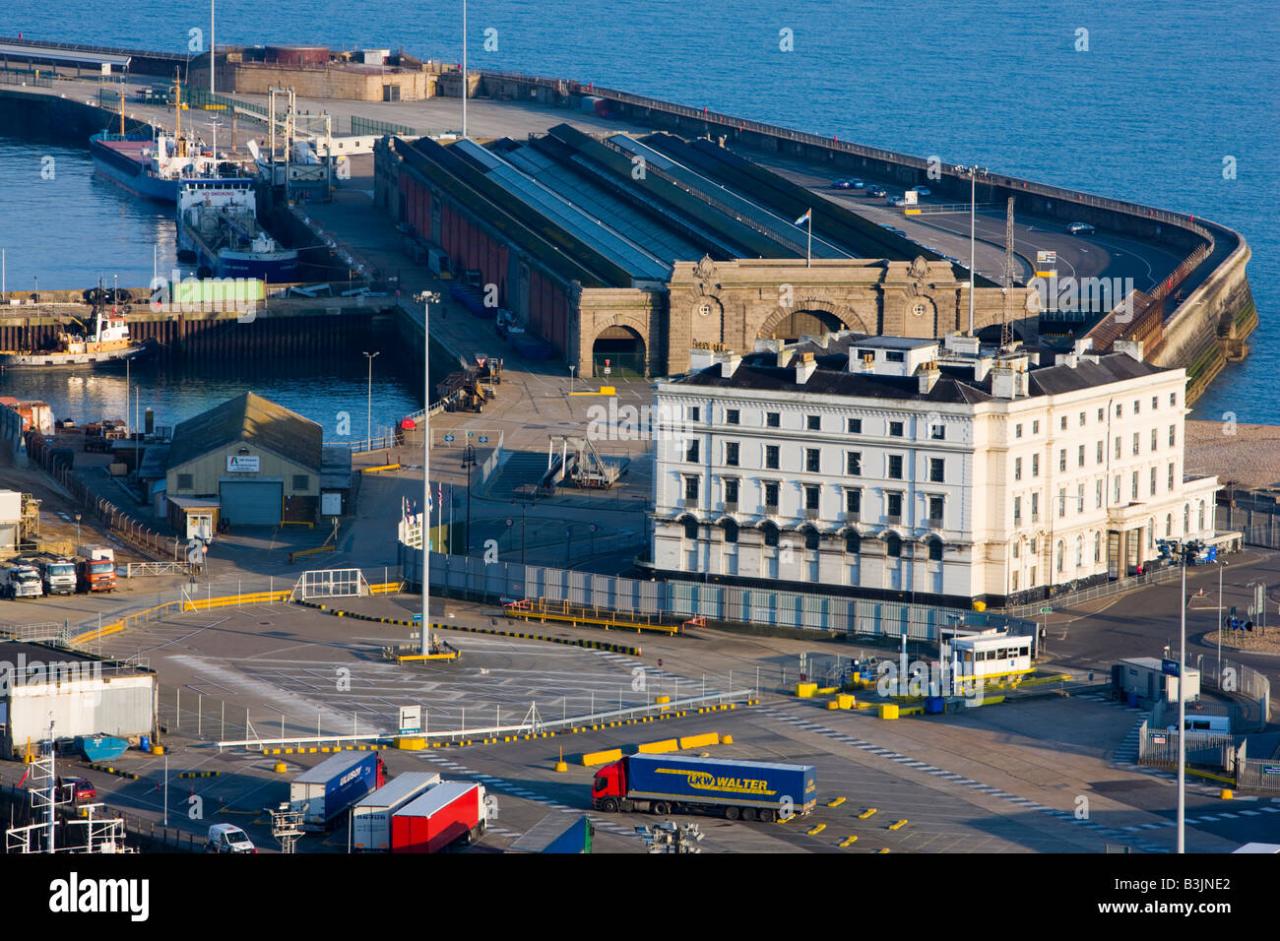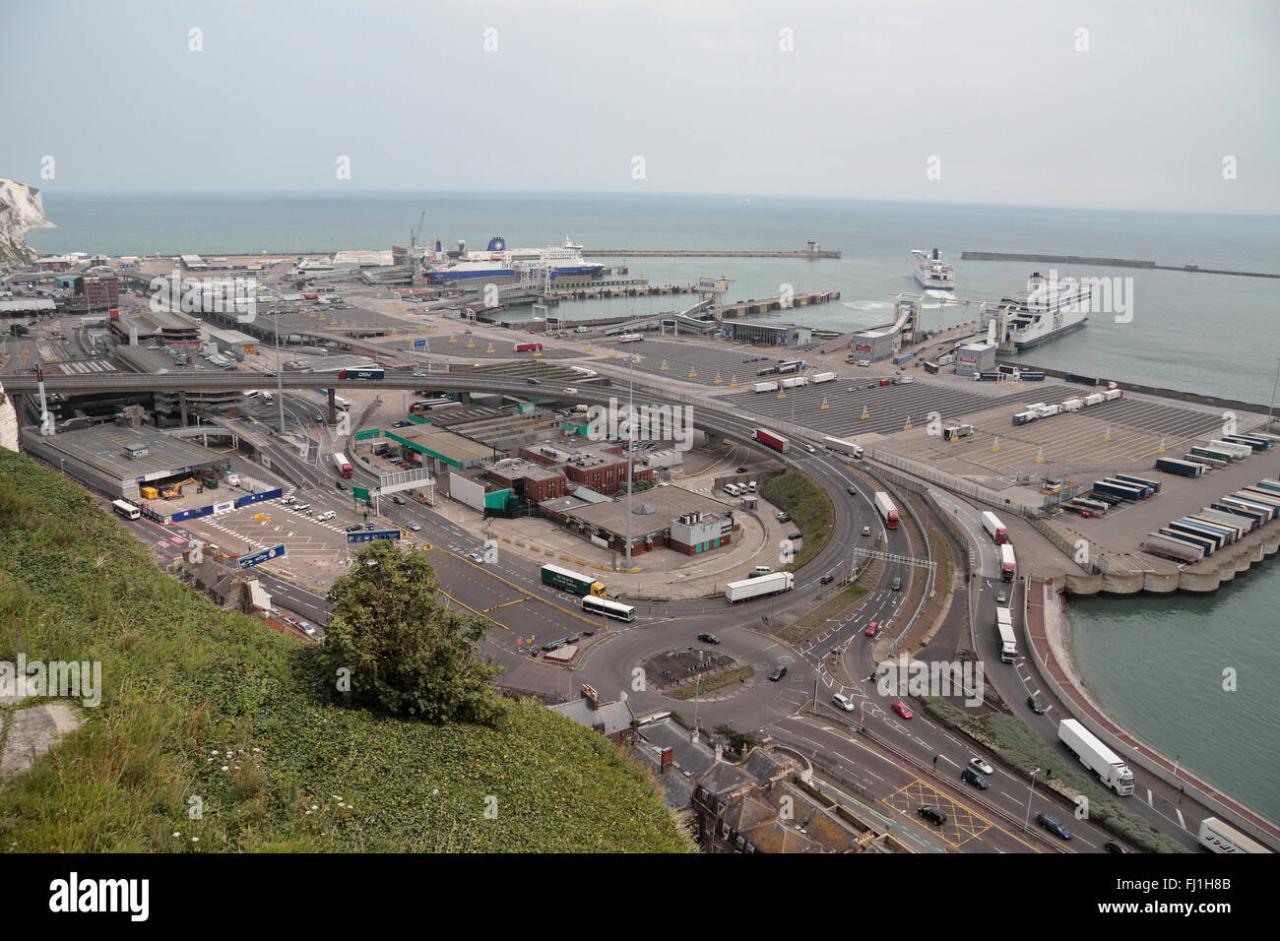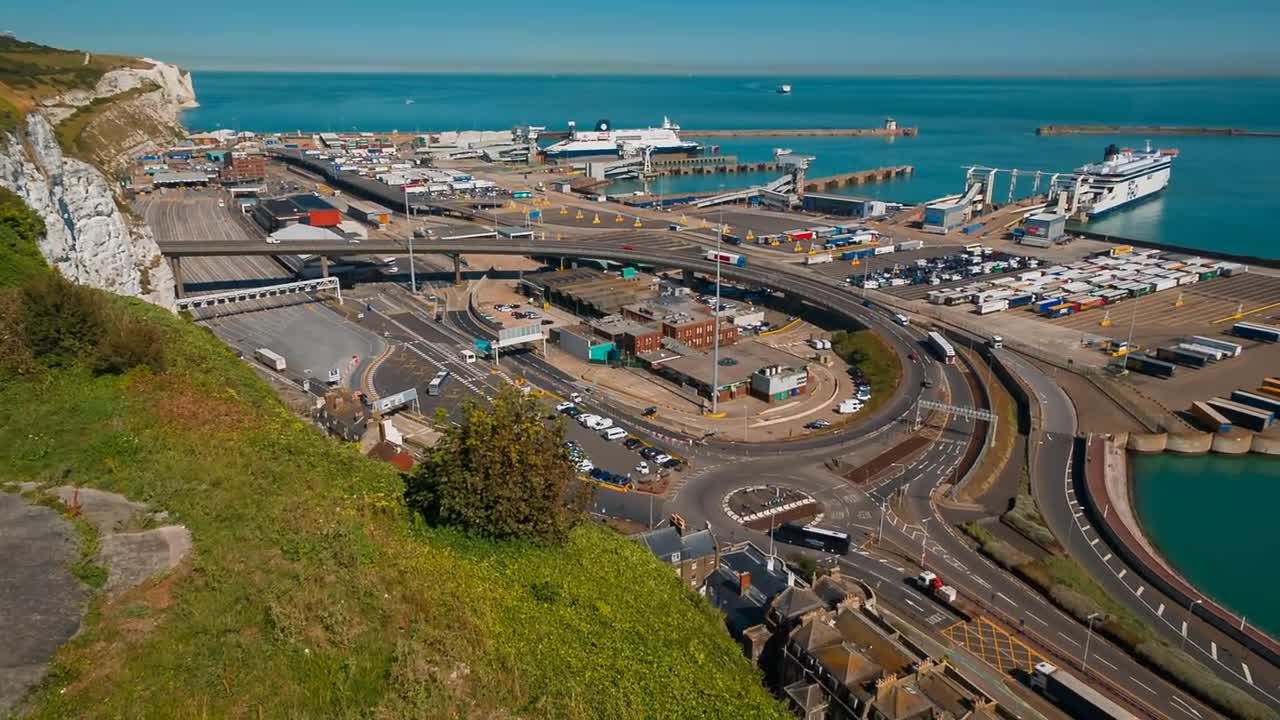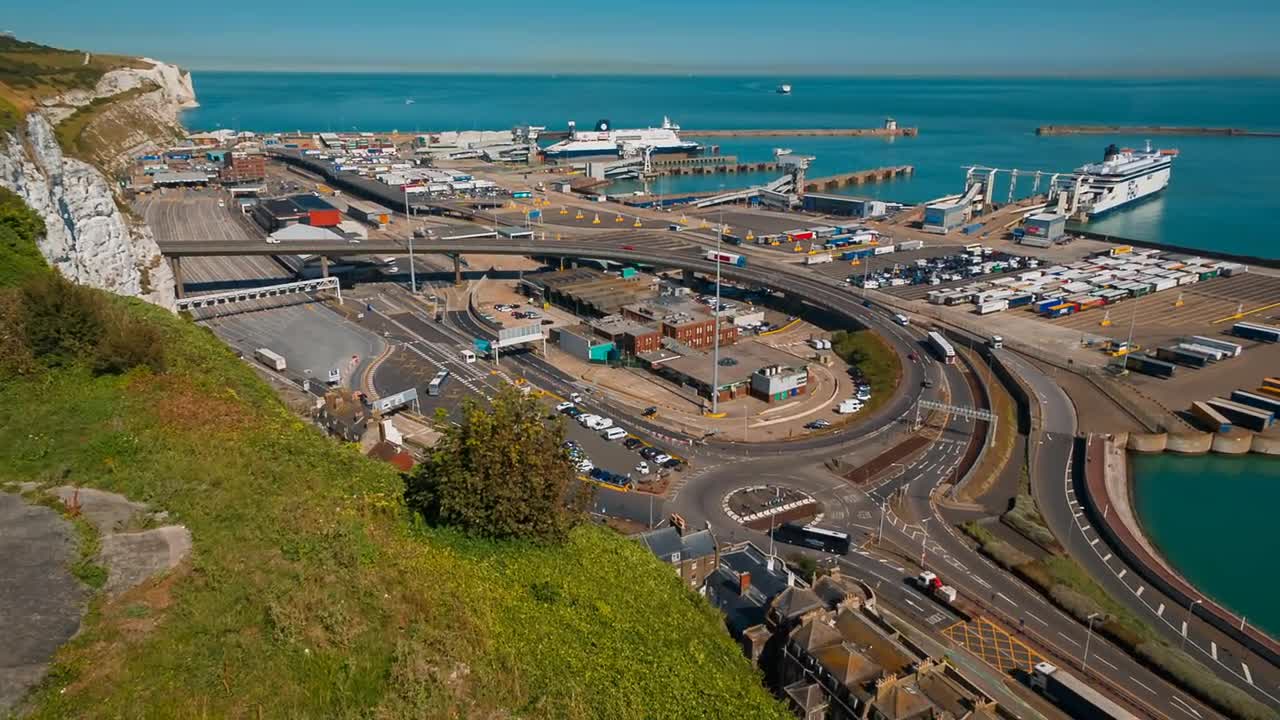Port Dover camera systems play a multifaceted role in the town’s daily life, impacting tourism, safety, and infrastructure management. This exploration delves into the various types of cameras deployed, their geographical coverage, and their functionalities, from live streaming to sophisticated motion detection. We will also examine the legal and ethical considerations surrounding their use, the implications for both residents and visitors, and the potential for future technological advancements to enhance their effectiveness and broaden their applications.
Understanding the intricacies of Port Dover’s camera network requires examining its diverse components. From security cameras monitoring key locations to traffic cameras managing the flow of vehicles, each system serves a distinct purpose. This analysis will explore the infrastructure supporting these systems, the maintenance procedures employed, and the associated costs and benefits, providing a comprehensive overview of this critical aspect of Port Dover’s infrastructure.
Port Dover Camera Locations and Types
Understanding the deployment of surveillance cameras in Port Dover requires examining their locations and the types of cameras utilized. This section details common camera locations, categorizes the cameras based on their function, and provides a visual representation of their distribution.
Publicly Accessible Camera Locations
Publicly accessible cameras in Port Dover are strategically positioned to maximize coverage of high-traffic areas. These locations commonly include main intersections, the Port Dover Harbour, popular tourist spots along the waterfront, and areas near businesses and municipal buildings. Specific examples might include the intersection of Main Street and St. George Street, the entrance to the Port Dover Lighthouse, and various points along the beach.
Camera Types and Purposes
Port Dover employs a variety of camera systems, each designed for specific purposes. This contributes to a multi-layered approach to security and monitoring.
| Location | Camera Type | Purpose | Image Description |
|---|---|---|---|
| Port Dover Harbour | High-definition CCTV | Monitoring maritime activity, security, and potential emergencies. | A panoramic view of the harbour, showing numerous boats and the waterfront area, captured in high resolution. The image would likely be clear enough to identify boat numbers and individual activity. |
| Main Street Intersection | Traffic Monitoring Camera | Managing traffic flow, identifying traffic violations, and assisting with emergency response. | A wide shot of a busy intersection, showing cars and pedestrians. The image quality would allow for clear identification of license plates and pedestrian behavior. |
| Downtown Area | Security Cameras | Deterring crime, monitoring suspicious activity, and providing evidence in case of incidents. | A series of cameras, strategically placed on building facades, capturing a wide view of the downtown streets and sidewalks. The image would clearly depict pedestrian and vehicle traffic. |
Port Dover Camera Coverage and Functionality
The effectiveness of Port Dover’s camera network hinges on its coverage area and the functionalities of the cameras themselves. This section analyzes the geographical reach and technical capabilities of the system.
Geographical Coverage, Port dover camera

The camera network aims for comprehensive coverage of Port Dover’s central areas, including the harbour, downtown core, and main thoroughfares. Coverage extends to key tourist attractions and areas identified as having higher crime or accident rates. However, residential areas are generally not subject to the same level of camera surveillance.
Camera Functionalities
Cameras in Port Dover likely feature a combination of functionalities, including live streaming capabilities for real-time monitoring, recording for evidence gathering, and motion detection to trigger alerts when unusual activity is detected. Some systems might incorporate features such as zoom capabilities and night vision.
Data Flow Illustration
A simplified flowchart would illustrate the data flow as follows:
Camera → Network Connection → Central Monitoring System → (Optional) Cloud Storage → Authorized Personnel/Law Enforcement.
Legal and Ethical Considerations of Port Dover Cameras
The implementation of surveillance cameras necessitates a careful consideration of legal and ethical implications. This section addresses relevant legislation and potential ethical challenges.
Relevant Laws and Regulations
The use of surveillance cameras in Port Dover is subject to provincial and federal privacy laws, including the Personal Information Protection Act (PIPA) in Ontario. These laws dictate how data collected by cameras can be used, stored, and disclosed, emphasizing the need for transparency and consent where applicable. Specific regulations may also exist at the municipal level concerning the placement and operation of public surveillance cameras.
Ethical Dilemmas
Potential ethical concerns include the balance between public safety and individual privacy. For instance, the indiscriminate recording of individuals in public spaces could lead to privacy violations, even if no crime is committed. Another concern relates to potential biases in how surveillance footage is interpreted and acted upon.
Best Practices for Responsible Camera Usage
- Clearly communicate the presence and purpose of cameras.
- Adhere strictly to all relevant privacy laws and regulations.
- Implement data security measures to protect recorded footage.
- Establish clear protocols for accessing and sharing recorded footage.
- Regularly review and update camera policies and procedures.
Impact of Port Dover Cameras on Tourism and Safety
The presence of surveillance cameras can have both positive and negative impacts on tourism and public safety. This section explores these dual effects.
Impact on Tourism
While some tourists may feel more secure knowing that cameras are in place, others may perceive it as intrusive or an infringement on their privacy. This could potentially deter some tourists, particularly those seeking a less monitored experience. However, improved safety could indirectly attract tourists who value a secure environment.
Impact on Public Safety and Crime Rates
The deterrent effect of cameras on crime is a subject of ongoing debate. While the presence of cameras may deter some criminal activity, it’s crucial to note that cameras alone are not a comprehensive solution to crime prevention. Their effectiveness depends on factors such as camera placement, quality, and the responsiveness of law enforcement.
Finding a good Port Dover camera view can be tricky, depending on what you’re looking for. If you’re interested in a real-time perspective, check out the port dover live camera for an up-to-the-minute look at the area. Many other Port Dover cameras offer still images or time-lapse options, providing alternative views of this vibrant town.
Benefits and Drawbacks of Increased Surveillance
Increased camera surveillance could lead to improved crime detection and reduced crime rates, enhancing public safety. However, the cost of implementing and maintaining a larger network of cameras needs to be considered, alongside potential concerns about privacy violations and the potential for biased interpretations of surveillance footage.
Port Dover Camera Infrastructure and Maintenance
The reliability and longevity of the camera network depend heavily on its infrastructure and the maintenance strategies employed. This section delves into these crucial aspects.
Many people seek out Port Dover camera footage to see the bustling beach town. For real-time views, however, consider checking out the port dover live camera feed, which offers a constantly updated perspective. This live stream complements other Port Dover camera resources, providing a dynamic view of the area’s activity.
Supporting Infrastructure
The camera network likely relies on a robust infrastructure including reliable power supplies, high-speed internet connectivity for data transmission, and a central monitoring system capable of managing numerous cameras simultaneously. Redundant systems might be in place to ensure uninterrupted operation.
Maintenance Procedures
Regular maintenance is crucial for optimal camera performance. This includes periodic checks of power supplies, network connectivity, camera lens cleaning, and software updates to address vulnerabilities and improve functionality. Preventive maintenance, such as scheduled inspections and cleaning, can help minimize downtime and extend the lifespan of the equipment.
Cost-Benefit Analysis of Maintenance Strategies
| Maintenance Strategy | Cost | Benefits |
|---|---|---|
| Reactive Maintenance (repair only when problems occur) | Lower initial cost, higher potential for unexpected repair costs | Lower upfront investment |
| Preventive Maintenance (regular inspections and cleaning) | Higher initial cost, lower potential for unexpected repair costs | Reduced downtime, extended camera lifespan, improved reliability |
Future of Camera Technology in Port Dover
Technological advancements offer opportunities to enhance the capabilities and effectiveness of Port Dover’s camera systems. This section explores potential future developments.
Advancements in Camera Technology

Future advancements might include higher-resolution cameras, improved night vision capabilities, wider field-of-view lenses, and more robust weatherproofing. Integration with advanced analytics could also improve the efficiency of monitoring and response times.
Emerging Technologies
Artificial intelligence (AI) could play a significant role in analyzing camera footage, automatically identifying suspicious activity, and alerting authorities to potential incidents. Advanced analytics could provide valuable insights into traffic patterns, pedestrian movement, and other data relevant to urban planning and public safety.
Innovative Camera Applications

Examples of innovative applications include using cameras for real-time traffic management, integrating with smart city initiatives for improved resource allocation, or enhancing public safety through facial recognition technology (while carefully considering privacy implications).
In conclusion, the Port Dover camera network presents a complex interplay of technological advancements, legal frameworks, and ethical considerations. While offering significant benefits in terms of public safety and tourism management, responsible deployment and ongoing ethical reflection are crucial. Future integration of AI and advanced analytics promises to enhance the system’s capabilities, but careful consideration of potential biases and privacy concerns must remain paramount.
Ultimately, the success of Port Dover’s camera network hinges on a balance between technological progress and responsible implementation.
Question & Answer Hub
What types of data are collected by Port Dover cameras?
The type of data collected varies depending on the camera type. Security cameras may record visual footage, while traffic cameras might track vehicle speed and flow. Weather cameras collect meteorological data.
Who has access to the footage recorded by Port Dover cameras?
Access to footage is typically restricted to authorized personnel, such as law enforcement or municipal authorities. Specific access protocols will vary depending on the camera system and its intended purpose.
How is the privacy of individuals protected in relation to Port Dover cameras?
Port Dover likely adheres to relevant privacy laws and regulations regarding the use of surveillance cameras in public spaces. These regulations often Artikel guidelines for data storage, access, and retention.
